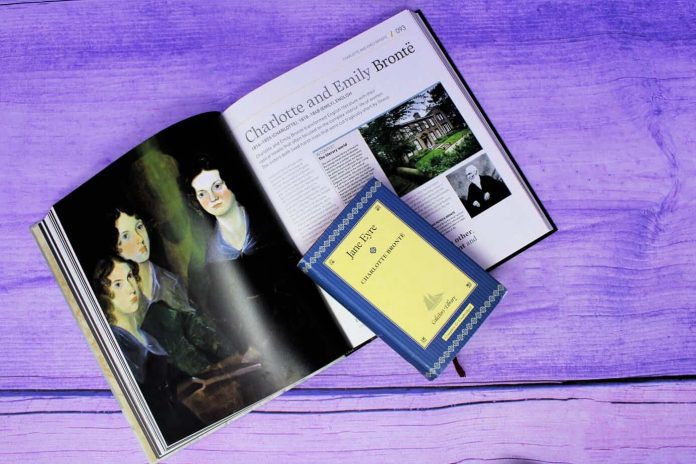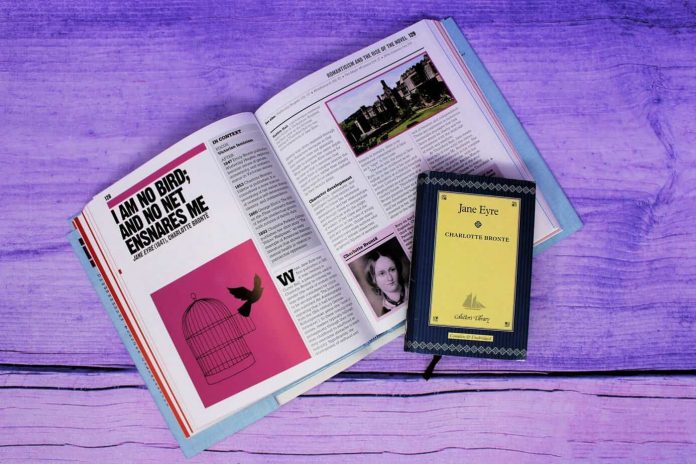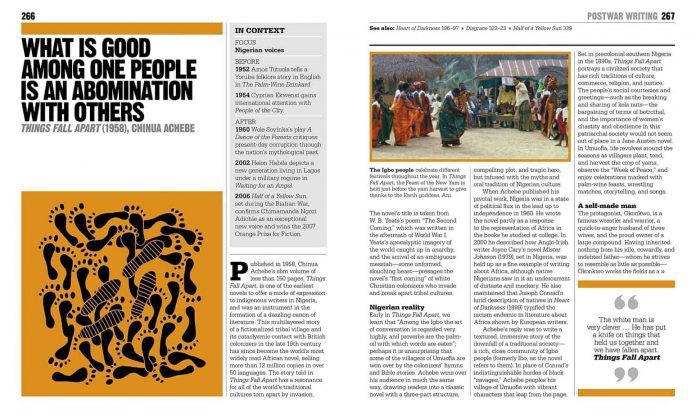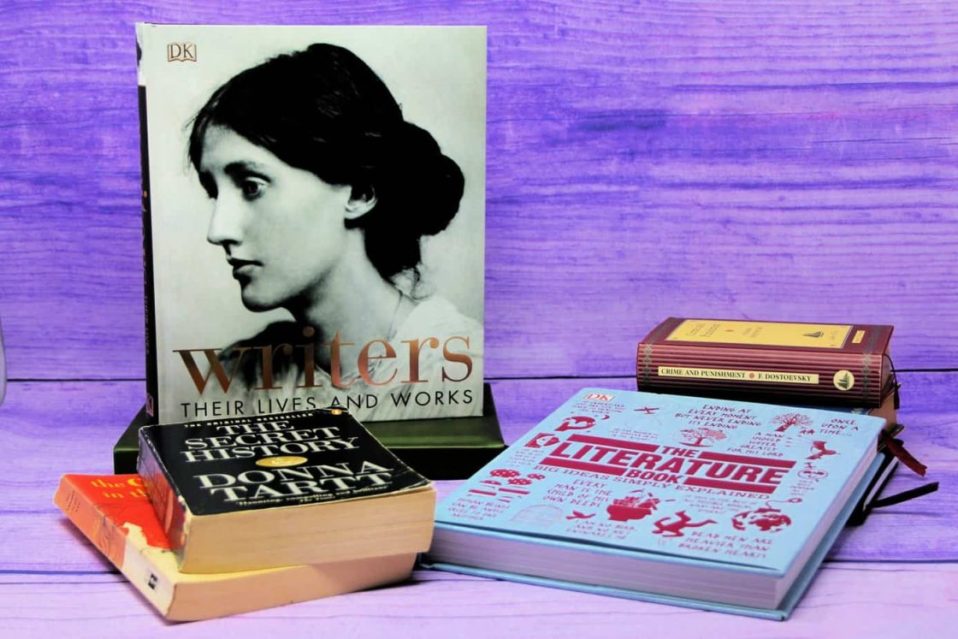After the final turn of the page, some books just do not let you go. In such cases, for those of us who seek to soak ourselves in every possible molecule of a piece of literature, The Literature Book and Writers from Dorling Kindersley are an essential addition to the bookshelf.
To the non-bibliophile, the idea of reading about writers or the literature they have written is an odd concept. After all, arent you supposed to read what they have written?
However, as you are here, reading this review, I bet I’m safe in guessing that you, like me, are exactly the kind of person who understands the joy of reading about the life and times of, for instance, the Bronte sisters.
Don’t worry, that isn’t some kind of girly romanticism I have suddenly developed. I chose the Bronte sisters to use as an example because I looked at our bookshelves and saw a small copy of Jane Ayre that made the perfect photo prop. Not only that but I thought that is I used my battered teenage copy of Catcher In The Rye in the photo it might give entirely the wrong impression.
Anyway, I’m just as drawn to reading about other authors featured in Writers, including:
- John Milton
- Mary Shelly
- Emily Dickinson
- August Strindberg
- Jean Rhys
- T.S. Elliot
- Naguib Mahfouz
- Maya Angelou
- Isabel Allende
and many, many, more.
Writers, Their Lives And Works – A Review

Set out in chronological order Writers begins with the Pre-19th Century and moves forward with a roughly 50 year period per chapter.

Each writers entry begins with their date of birth, nationality and a short summary which is just enough of an intro for those who are unfamiliar with them or their work. Then there is an examination of not only the writer and their work but also the social and cultural context in which they lived and worked.
In the case of some writers, this is just useful and interesting background information. However, in the case of others, this info provides important insight into how the world in which they lived, shaped both the writer and their work.

Of course, as with any book about writers and their works, there are “the usual suspects” the entries of whom I skimmed over. This is the dilemma with which publishers much wrestle when producing a book such as this.
You cannot have a book about great writers without including people such as Shakespeare, Proust, and Dostoyevsky, but, at the same time these inclusions can feel repetitive or a case of “same old, same old.”
However:
Who Is This Book For?
I would argue that they are exactly the types of writers which should be included. “Writers, Their Lives And Works” is not the type of book that a Literature expert is going to pick up. Instead, Writers is the book which would be perfect for someone who is becoming interested in literature.
That reader is likely to have missed out on many of the classics, which are more rarely taught in schools today and, as with any area of life, understanding the past is necessary for understanding the present. This is where Writers really shines.
By providing a broad background to a wide range of “wordsmiths”, Writers provides those, who are new to the wonderful world of literature a reader-friendly, accessible book which covers all they need to know. It avoids the danger of reading like a stodgy textbook and is, instead, a reader-friendly, pleasing to the eye introduction that is a valuable addition to every bookshelf.
The Literature Book – A Review

If you’re thinking of buying a copy of Writers, consider grabbing yourself a copy of The Literature Book to go with it. While Writers examines the people who have produced great written works, The Literature Book concentrates on the wider literary world.

For example, Writers looks at Victor Hugo from a personal and social viewpoint discussing his life, wider French society, how it shaped him as a person and how all of this influenced his work.
Meanwhile, The Literature Book considers his work, Les Miserables, how it was shaped, and how it influenced the prevailing social and literary trends of the time.
So, in The Literature Book, you will read that is a social protest novel which Hugo wrote in response to the injustices he saw in French society at the time. Other “social justice” novels, both before and after Les Miserables are listed in an “In Context” section and this provides the reader with an opportunity to explore other, similarly motivated works.

The structure of the book is also chronological but the chapters are not defined by time periods, instead, they cover eras of literary style. Beginning with a chapter that reaches back to 3000BC and explores the “Heros and Legends” The Literature Book works steadily through “Renaissance to Enlightenment,” “Romanticism and the Rise of the Novel,” and “Depicting Real Life” before making its way through “Breaking With Tradition” and “Post War Writing,” before finishing up with “Contemporary Literature.”

A sound addition to the Dorling Kindersley “Big Ideas Simply Explained” series, The Literature Book is both a handy literary guide, which has become a go-to reference on our homeschool bookshelves as well as a much enjoyed “dip into just because” book for all of the family.







